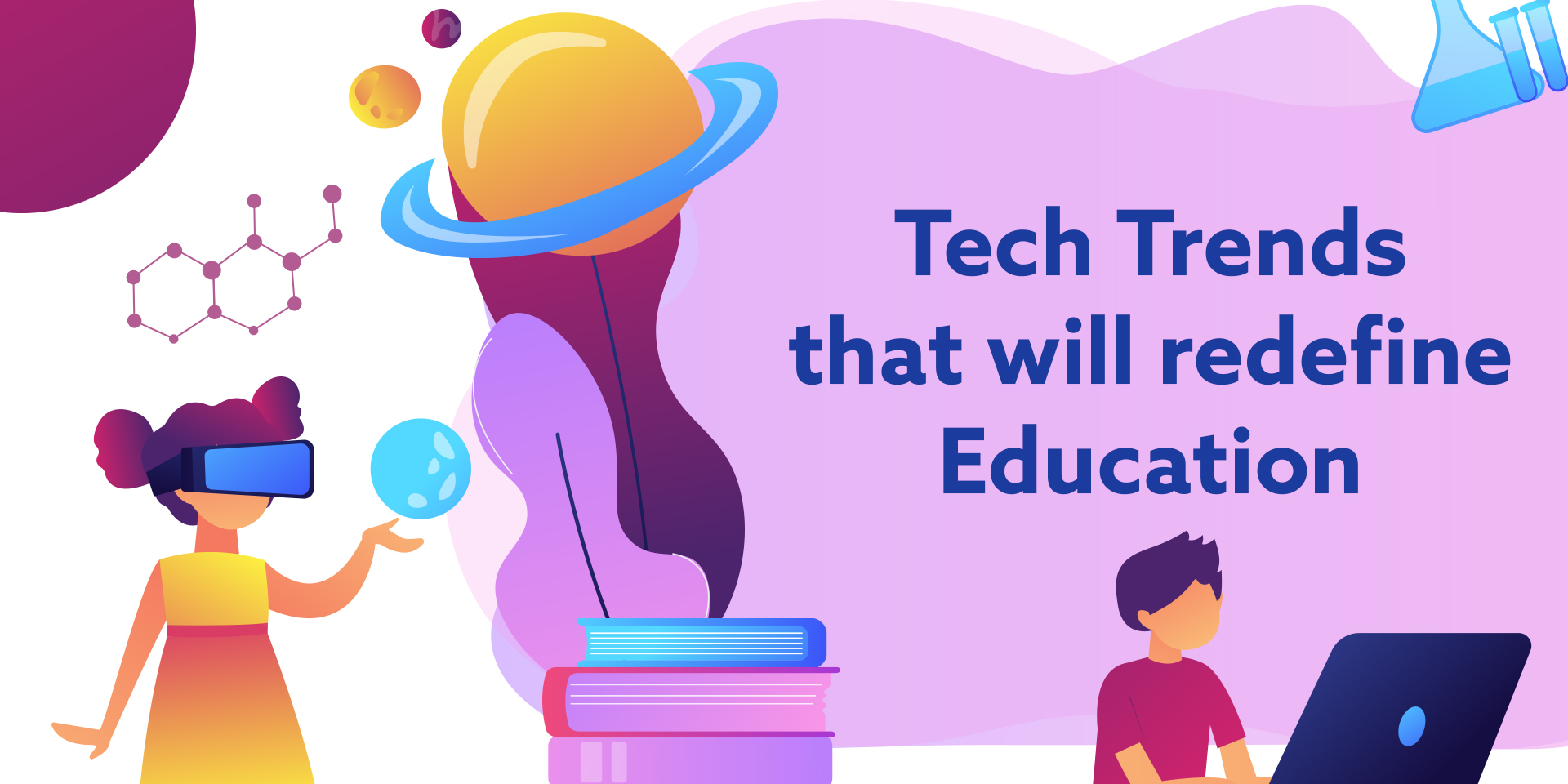We are in the digital generation where various technology trends are driving innovation in various industries. The education industry is no exception to this. EdTech has become more than just a buzz in recent years, especially due to the ongoing COVID-19 pandemic. The past two years, and we are into the third year of the pandemic, which has proved to be a potential game-changer for EdTech.
Even though normalcy is expected to return soon and students will be back to classroom learning, EdTech is not going to disappear. It is here to stay for a long time, not just in 2022, but the years to come as well. EdTech is no longer a fad like it was in the previous decade.
Here are the latest technology trends that will transform the education industry in the future years to come.
Virtual classrooms
- Virtual online classrooms are already gaining popularity in EdTech.
- The biggest benefit of virtual classrooms is that they help to overcome the geographical barriers and enable learners in the education industry to learn their favourite courses anytime, anytime, from their preferred educational institution.
- Virtual classroom in EdTech means classrooms on the internet at home, where both students and teachers can interact with each other in a classroom like environment at home.
- Virtual classroom-based learning has become an exceptional tool in the EdTech industry, not just for schools, but parents and students as well.
Gamification (Gamified learning)
- Yet another EdTech trend that has grown in popularity after the pandemic is gamification.
- Gamification refers to the process of adding gaming elements to learning in order to make it more fun, interactive, and enjoyable for the learners.
- Gamification is a great example of innovation in learning.
- Some examples of gamification are:
Making use of different badges to show mastery in a subject.
Playing timed activities like flash cards, quizzes, or puzzles.
Separating students in different teams in the class to complete a project or activity.
- Gamification makes students more active, involved, and more engaged in the learning process.
- The inclusion of game-like elements in education produces certain chemical signals in the brain that bring about reaction to stimuli in the environment, thus leading to more active participation and motivation for learners.
- The integration of various gaming elements and mechanics in learning has a huge potential of driving innovation in the education industry because they motivate learners intrinsically.
- Learning becomes fun and easy when the learners are motivated intrinsically.
- The gamification market is all set to witness a growth of 30.1 percent CAGR between 2020 and 2025.
- The value of the global gamification market stood at around USD 11.94 in 2021.
Augmented Reality (AR) applications
- The most common use case of augmented reality is through mobile apps in EdTech.
- With the power of AR, it is possible to augment different things in the real world by means of computer-generated graphics and sounds.
- For example, if a student points the smartphone camera at an object that the AR app can recognize, it can generate a 3D image of the object such that it appears to be present in the surrounding area.
- For example, if learners want to learn about the human body, an AR app can help them to get a 3D view of the heart, muscles, brain, and other body parts.
- The value of AR in the EdTech industry is expected to cross USD 5.2 billion by 2023.
Hyper-personalization through artificial intelligence (AI)
- Hyper-personalization refers to catering to the needs of individual learners and their learning preferences through the power of artificial intelligence (AI), more specifically machine learning.
- The combination of AI with big data can help create personalized learning experiences for students.
- With personalized learning in EdTech, every learner will be able to enjoy a customized approach depending on his/her needs and abilities.
- The global AI in the education industry is expected to be valued at USD 3.68 billion by 2023.
Simulated classrooms
- Yet another EdTech trend driving innovation in the education industry is the simulated classroom.
- In simulated classrooms, learners can be seen interacting and engaging with various virtual avatars (teachers) to provide them an actual classroom like experience.
- The use of virtual reality (VR) gadgets and devices can help in creating simulated classrooms for learners.
AI chatbots for learning
- The AI powered chatbots act as virtual learning assistants which students can learn from.
- Chatbots can help solve the queries of students regarding a particular concept or provide guidance to the learners on specific courses.
- Chatbots can answer some common questions which the learners may have in their mind, thus saving time for the teachers.
The EdTech industry is expected to reach a figure of USD 680 billion by 2027. There are different types of education technology yet to be fully explored by schools. There is a needforeducation technology to be implemented in the education industry to boost innovation in learning.


